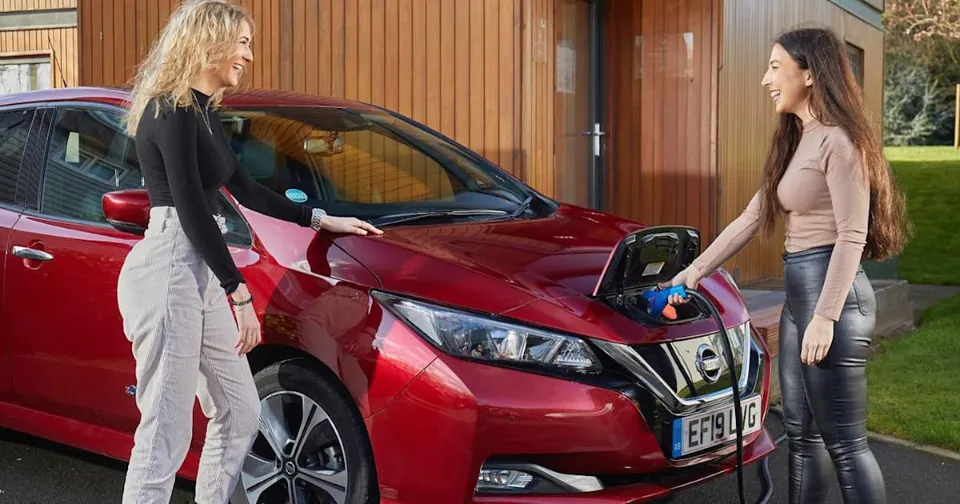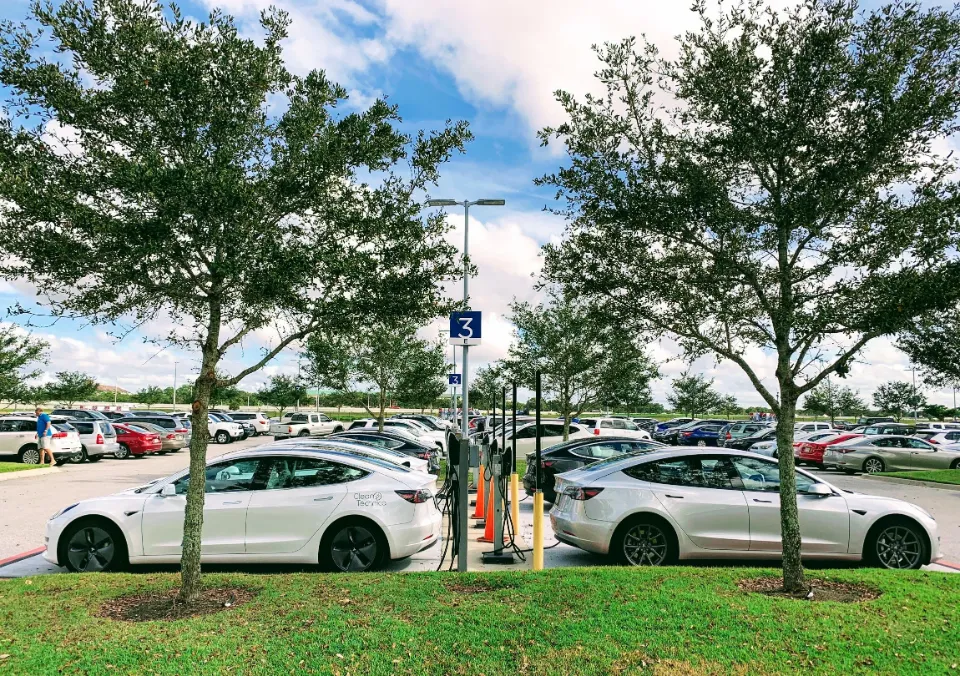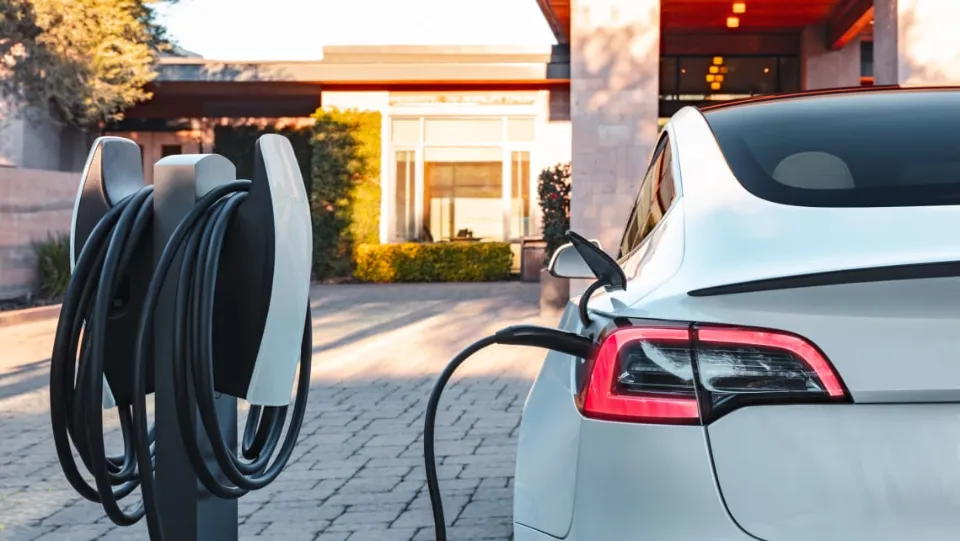What is vehicle-to-grid? Below will give you essential things about vehicle-to-grid, including the benefits, obstacles, and more.
Vehicle-to-grid (V2G) is a system that lets electric vehicles (EVs) communicate with the public power grid — and even provide electricity back to the grid to meet energy demand.
For more information, continue reading.
What is Vehicle-to-Grid Technology?
Smart charging technology known as vehicle-to-grid, or V2G, enables car batteries to return energy to the power grid. In essence, it treats these high-capacity batteries as backup storage cells for the electrical grid in addition to being tools to power EVs.
Depending on the demand for electricity at any given time, this type of setup uses bidirectional charging stations to push and pull energy to and from connected vehicles. It’s part of a larger initiative known as vehicle-grid integration. Houses, structures, and ultimately anything connected to the power grid can all be powered by this extra energy.
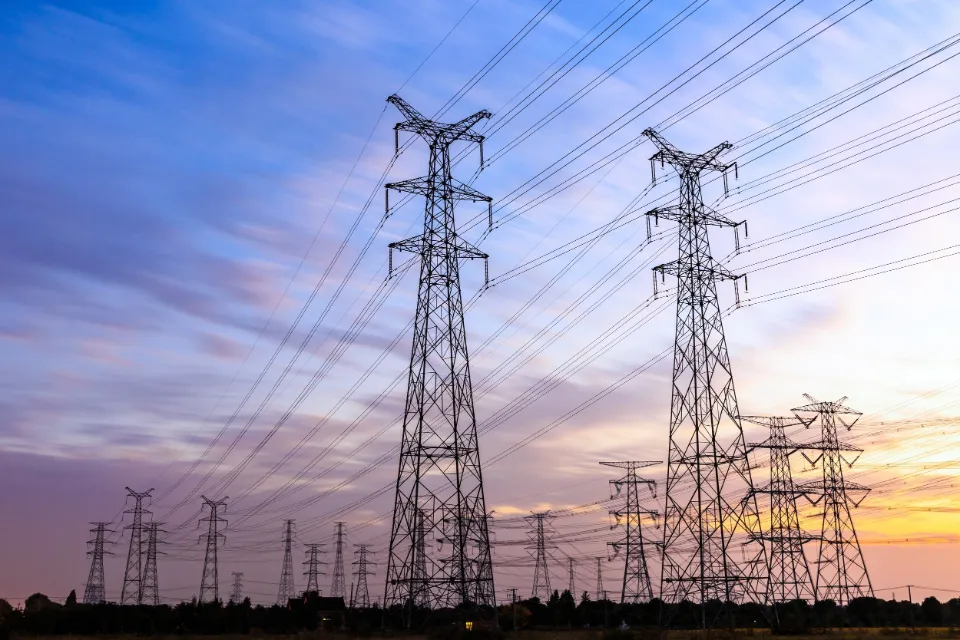
How Does V2G Work?
Making sure that EV drivers have enough energy in their car batteries when they need it is crucial when using V2G in practice. When they’re leaving for work in the morning, the car battery must be full enough to drive them to work and back if needed.
The EV driver must be able to communicate when they want to unplug the car and how full the battery should be at that time. This is a basic requirement for V2G and any other charging technology.
When the driver needs to leave, the car battery is always 70–90% charged thanks to Virta’s V2G solution.
When using smart charging, the possibility of balancing the grid is eliminated when the battery is fully charged. Grid balancing can go on for the entire time the car is plugged in thanks to V2G.
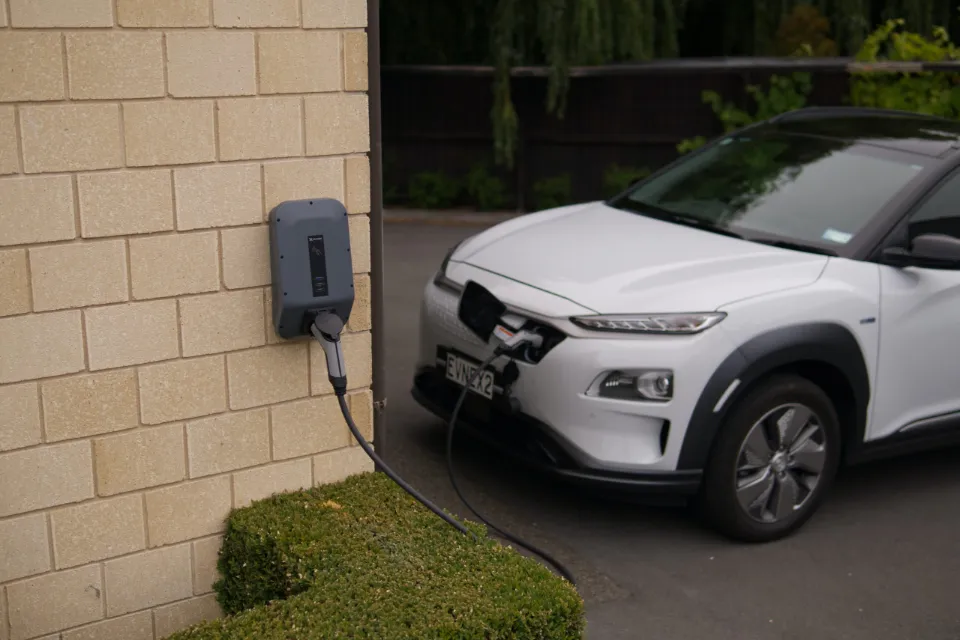
Read about
The Benefits of Vehicle-to-grid
Summary of the benefits depending on your targets:
- Reduce total cost of ownership of fleets
- Car OEMs (manufacturers) are able to sell vehicles with added value
- Energy market parties can trade and optimize their balance
- Network operators can optimize investments & stabilize the grid
For Real Estate
When installing a charging device, step number one is to review the electrical system of the building. In the event that an upgrade is required, the electrical connection may become a barrier to the project or significantly drive up costs.
Vehicle-to-grid, as well as other smart energy management features like Dynamic Load Management (DLM), help enable EVs can be charged wherever they are, no matter the surroundings, location, or building.
The advantages of V2G for buildings become apparent when the energy from car batteries is used where it is most needed (as discussed in the previous chapter). Vehicle-to-grid helps balance electricity demand and reduces any irrational costs associated with installing an electricity system.
With V2G, there is no need to use additional grid energy to balance out the short-term fluctuations in the building’s electricity consumption because electric vehicles can help.
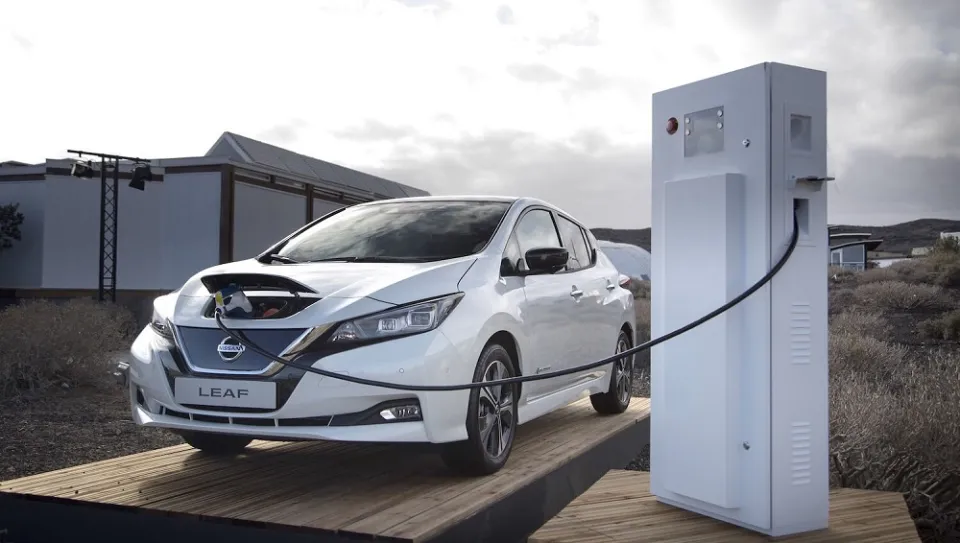
For the Power Grid
The local power grid may become overloaded if power consumption rises. The ability of a building to balance its demand for electricity with V2G charging stations also benefits the power grid on a larger scale.
This will come in handy when the amount of renewable energy in the grid, produced with wind and solar, increases. Renewable energy sources are volatile and create challenges to areas that rely on wind and solar power.
These circumstances cause “grid congestion” or bottlenecks that can prevent electricity from reaching its destination. Luckily, intelligently controlled EVs can offer a solution to grid congestion and prevent the need for expensive grid infrastructure upgrades.
Without vehicle-to-grid technology, energy must be purchased from reserve power plants, which drives up the cost of electricity during peak hours by having to start up these additional power plants.
You have no choice but to accept the price that is offered, but with V2G, you have complete control over how to reduce expenses while increasing revenue. In other words, V2G makes it possible for energy companies to play ping pong with the grid’s electricity.
For Consumers
Why, then, would customers participate in vehicle-to-grid as a demand response? As we explained earlier, it does no harm to them, but does it any good either?
Energy companies have a strong incentive to persuade customers to participate because vehicle-to-grid solutions are anticipated to become a financially advantageous feature.
After all, consumers must participate, plug in, and allow their car batteries to be used for V2G in order for the technology, devices, and vehicles that are compatible with it to work.
Consumers will likely receive rewards in the future if they agree to let their car batteries be used as balancing elements on a larger scale.
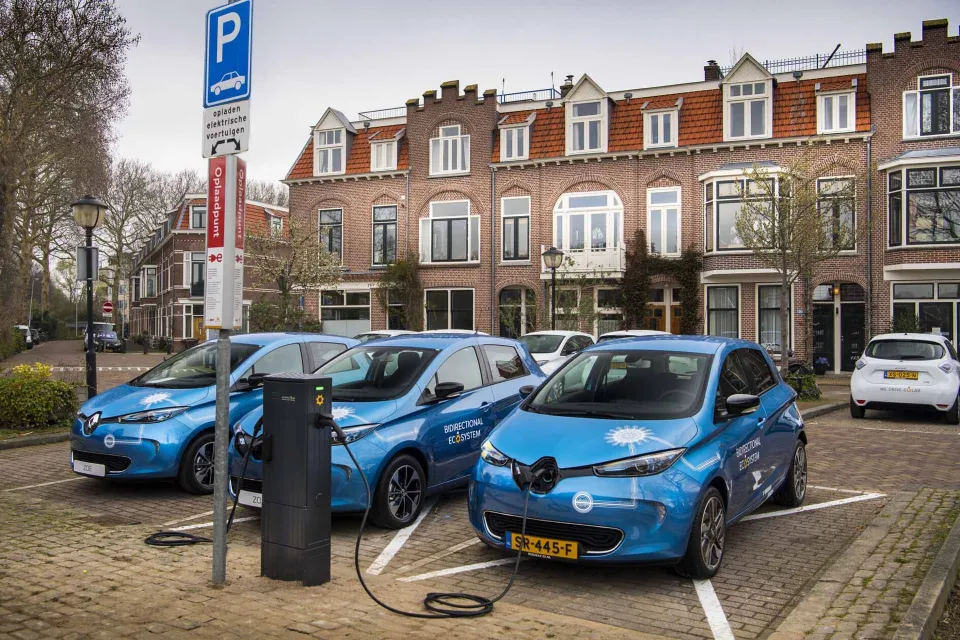
Obstacles of V2G Implementation
Despite these benefits, there’s a long way to go before we have a reliable bidirectional EV charging infrastructure in place. Most existing vehicles and charging stations are unidirectional, so converting will take significant investment.
Additionally, there are no uniform rules governing the integration of vehicles into the grid; instead, each state has its own set of regulations, or lack thereof. It is challenging to implement such technology across the country because of this. Incentives for residential and commercial customers to switch to smarter charging systems are also lacking.
Addressing these challenges must be a top priority if we are to move toward a truly integrated vehicle-grid system.
The Shared-Energy Economy
Electric vehicles and EV charging stations are already generating a significant return on investment for consumers, businesses and the economy as a whole. The level of this investment and its potential return is raised by vehicle-to-grid technology. For our global electric vehicle transition to move more quickly, it must be put into practice.

What Are the Differences Between V1G and V2G?
Commonly known as “smart charging”, For EV implementation, V1G is currently the less expensive and more popular choice. To provide grid frequency response and load balancing services, V1G, which is one-directional as opposed to V2G, which is two-directional, modifies the time and speed at which EVs charge.
Although V1G cannot export electricity back to the grid, it provides valuable “load shifting” during periods of high demand, a function that helps to maintain the integrity of the local energy network.
Cleaner and More Reliable Energy
One of the key factors promoting the adoption of EVs globally is V2G, which works to improve the power grid and maximize the use of renewable energy while also providing income for car owners.
Additionally, V2G will significantly improve how we produce, store, and use energy as automakers quickly electrify both passenger and commercial vehicles. This will hasten our transition to emission-free driving.
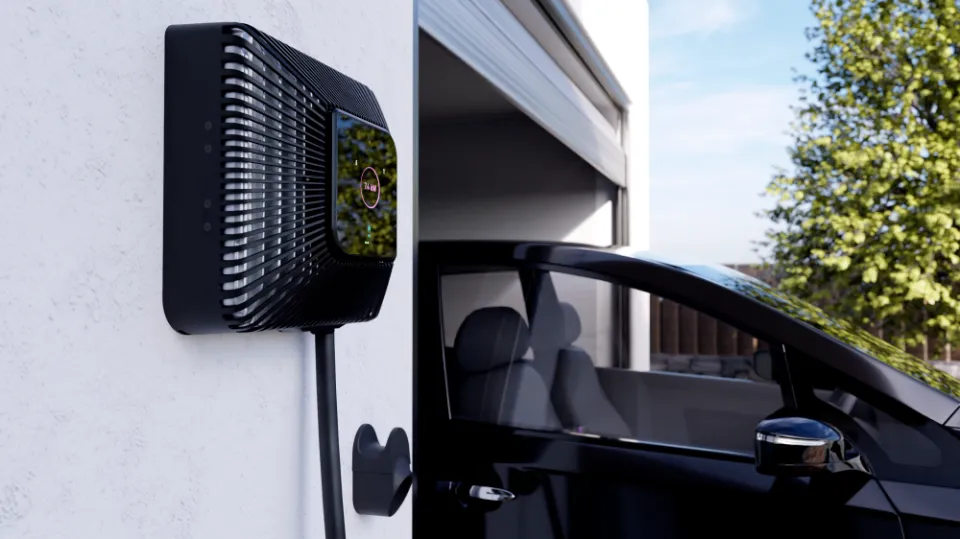
FAQs
Does V2G Shorten Battery Life?
Battery cycle life will shorten faster as a result of integrating V2G for the EV battery at a rate of 9 kWh per day. Consequently, the lifetime of the EV battery decreases to 5 years with total cycle degradation of 12% with a V2G service of one cycle every other day.
Is V2G the Future?
It gives the customer the opportunity to cut the cost of charging their vehicle, while also helping the grid to meet peak demand. The most recent projections predict that the V2G market will be worth $28.12 billion by 2026, so it is a growing technology that is here to stay, at least for the foreseeable future.
Why Are V2G Chargers So Expensive?
Due to bidirectional chargers being far more sophisticated, they are also much more expensive than regular EV chargers since they incorporate advanced power conversion electronics to manage the energy flow to and from the vehicle.
Does Tesla Use V2G?
However, Tesla vehicles are not set up for vehicle-to-grid (V2G) service, so it’s just the rideshare network’s Nissan LEAFs that will periodically feed electricity back into Con Edison’s grid from their batteries.
Summary: What is Vehicle-to-Grid?
Vehicle-to-grid (V2G), also known as Vehicle-to-home (V2H), describes a system in which plug-in electric vehicles (PEVs) offer the grid demand response services. Demand services either deliver electricity or lower their charging rates to do so. Demand services relieve strain on the grid, which would otherwise be subject to disruption from load variations. Vehicle-to-load (V2L) is related, but the AC phase is not sychronised with the grid, so the power is only available to an “off grid” load.

